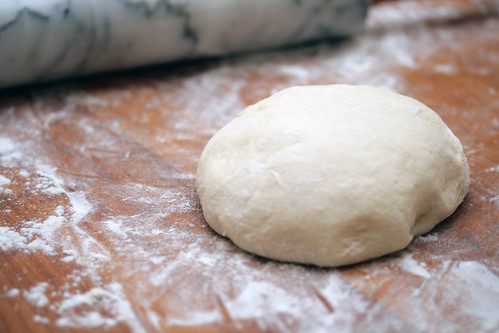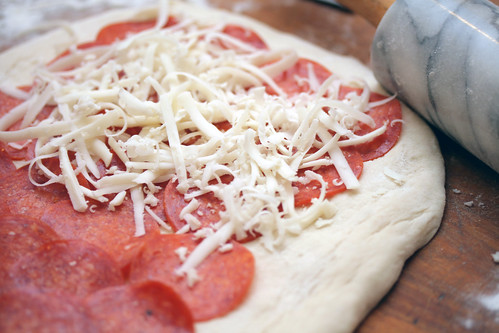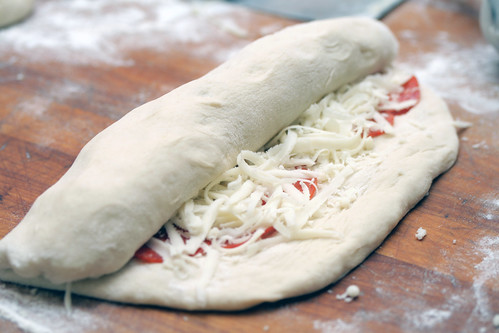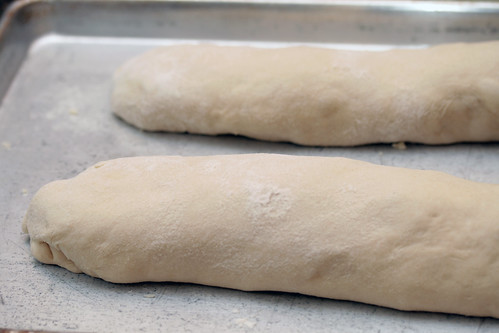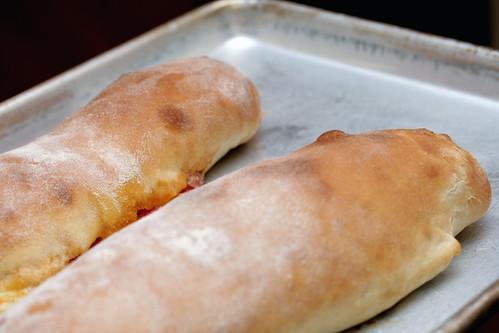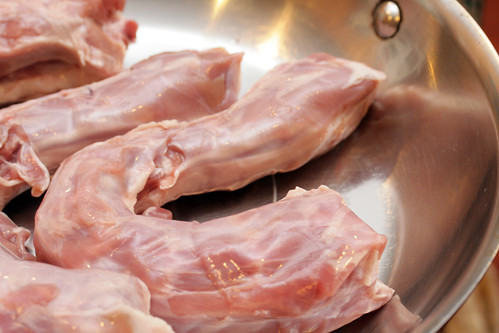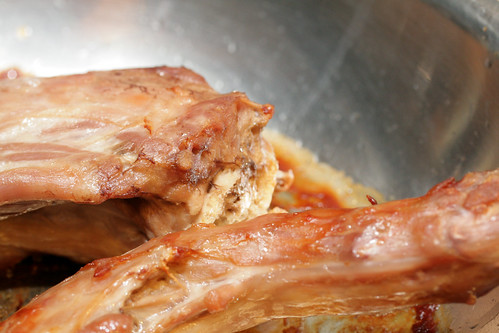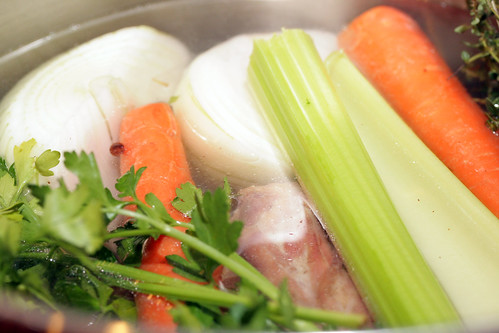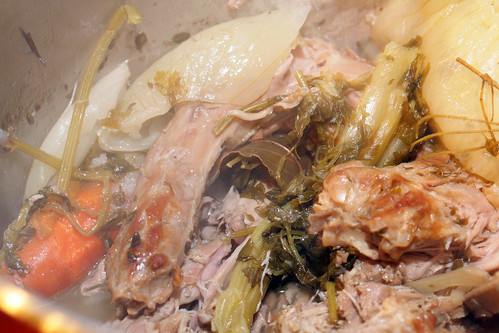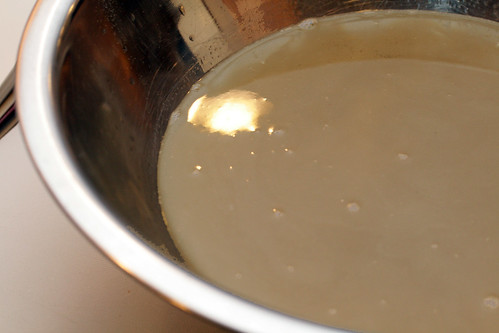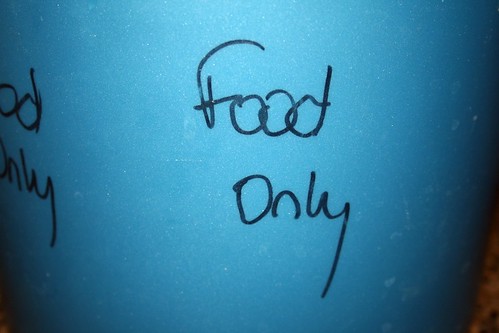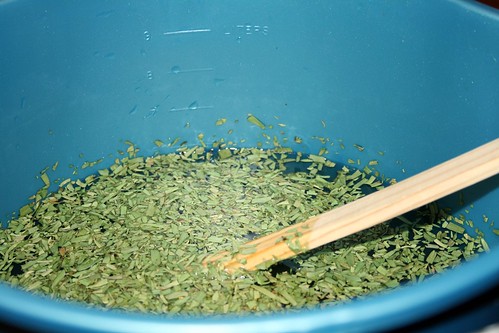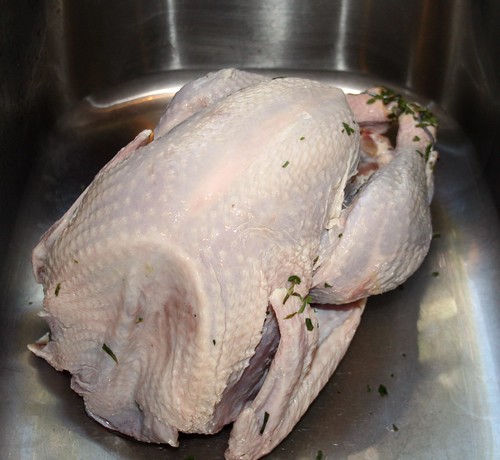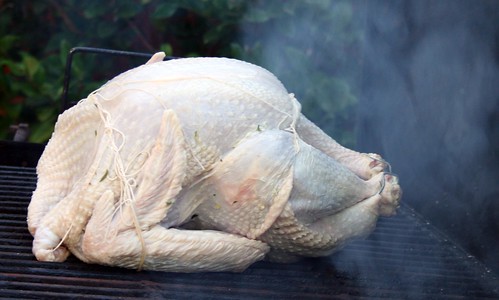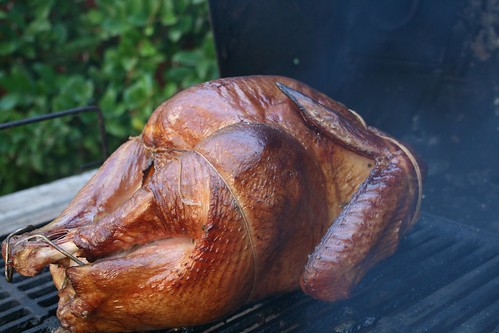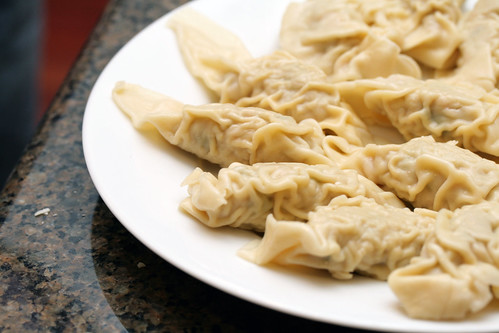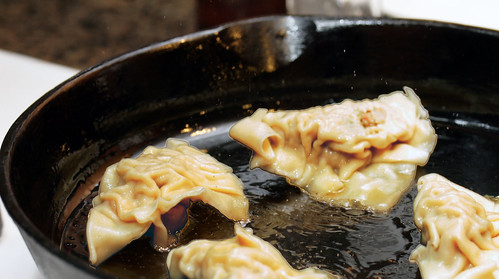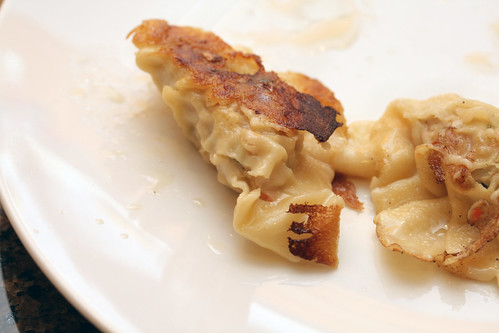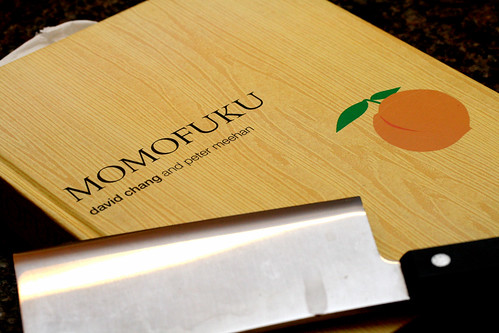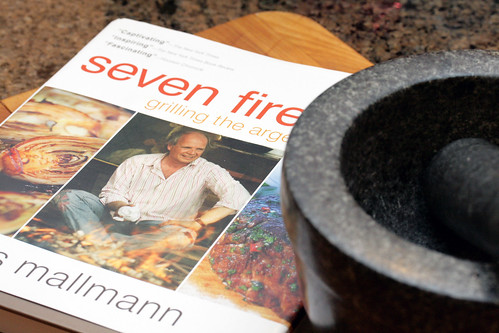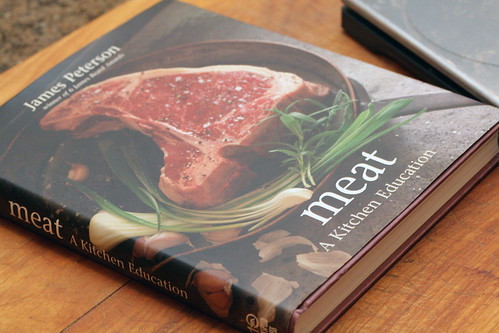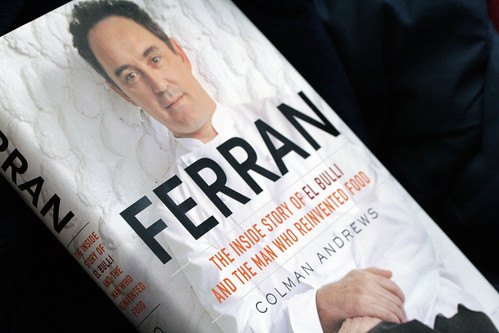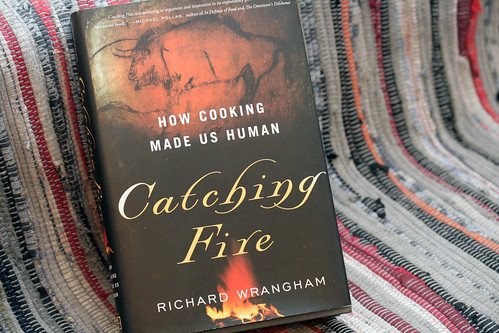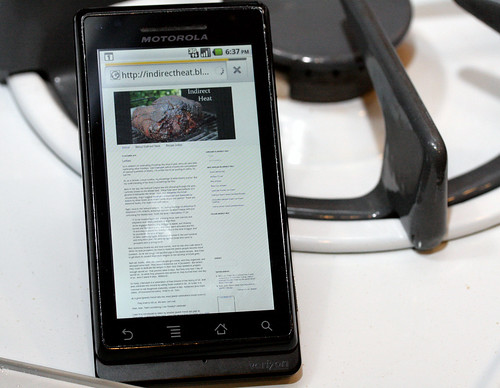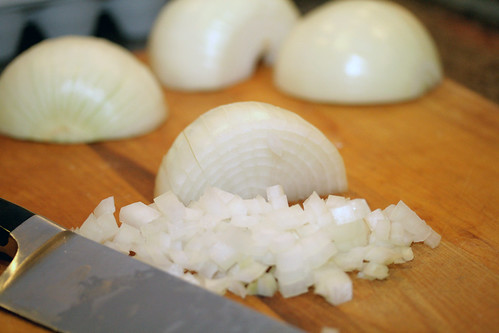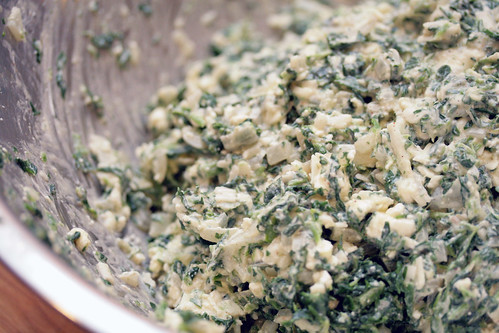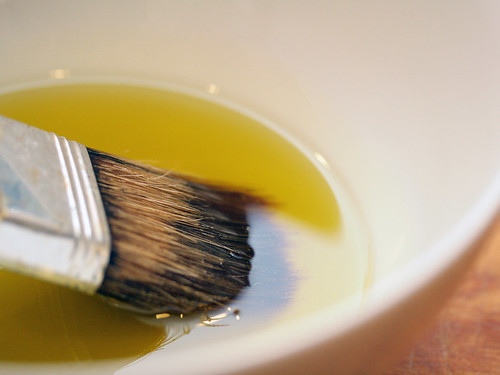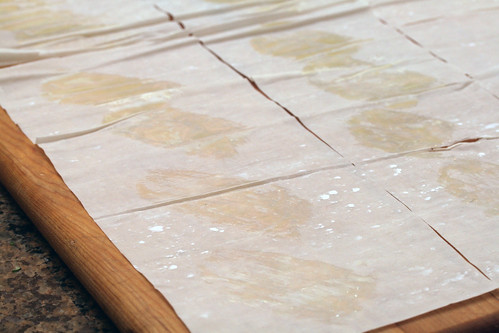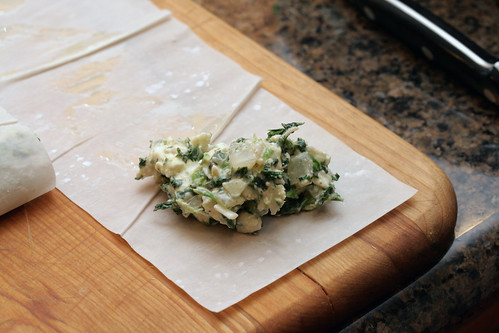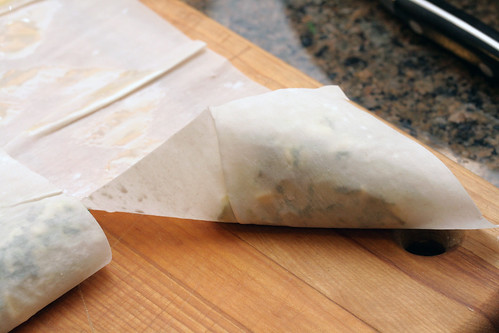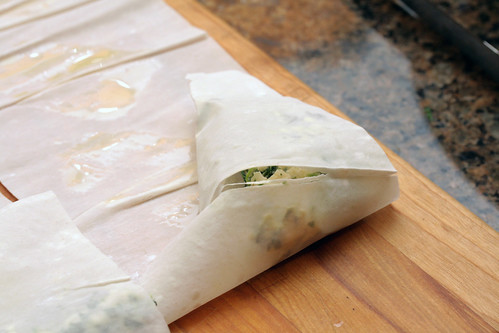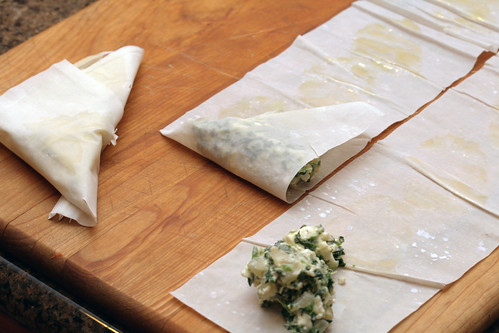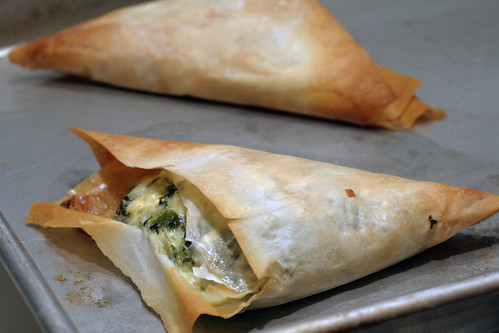So in addition to celebrating Christmas this time of year, there are also folks celebrating other holidays. Like
Chanukah (which involves the consumption of copious quantities of latkes). I'm a little late to be posting on latkes. So sue me.
So, as a Gentile, I must confess, my knowledge of latke-history is poor. But my understanding of the story is something like this:
Back in the day, the Seleucid empire was still stomping through the area currently known as the Middle East. These folks were descendants of a general of Alexander the Great. Yeah, that
Alexander the Great. (Incidentally, may I suggest
Alexander of Macedon and
Alexander to Actium by Peter Green as excellent books about this period? These are awesome books, I've read them both twice).
Right, back to the Seleucid empire. So, during the reign of
Antiochus IV Epiphanes (175-163BCE), Antiochus decided he wasn't happy with just controlling the Middle East. From the book
1 Maccabees 17-20:
17 So he invaded Egypt with a strong force, with chariots and elephants and cavalry and with a large fleet.
18 He engaged Ptolemy king of Egypt in battle, and Ptolemy turned and fled before him, and many were wounded and fell.
19 And they captured the fortified cities in the land of Egypt, and he plundered the land of Egypt.
20 After subduing Egypt, Antiochus returned in the one hundred and forty-third year. He went up against Israel and came to Jerusalem with a strong force
Well, Antiochus kicked ass and took names. And he was very rude about it. When he took Jerusalem, he tried to make the Jewish people become more Greekish. So he did things like sacrifice pigs in the Jewish temple. And tried to get them to convert from their religion to the worship of Greek gods.
Bad call, buddy. Well, the Jewish people got cranky, and they organized, and whooped some butt. They tossed Antiochus out of Jerusalem. But before they could re-dedicate the temple to their God, they needed to prepare enough sacred oil. That process takes 8 days. But they only had 1 day of sacred oil. So while they prepared new sacred oil, they burned their one day of oil. And it lasted 8 days. MIRACLE!
So really, Chanukah is a celebration of that miracle of the lasting of oil. And Jews celebrate this miracle by eating foods cooked in fat. In Israel, it is common to eat doughnuts (naturally, cooked in fat). Ashkenazi Jews make latkes. (Pronounced lot-kehs). Fried in oil. Yum.
As a good (Jewish) friend tells me, most Jewish celebrations break down to:
They tried to kill us. We won. Let's eat.
Hear, hear. That's something I can *totally* celebrate.
I was first introduced to latkes by another Jewish friend last year at Chanukah. I replicate them here, using the recipe from
Gourmet, circa 2000:
1 pound thick-skinned baking potatoes
1/2 cup finely chopped onion
1 large egg, lightly beaten
1/2 teaspoon salt
1/2 to 3/4 cup olive oil
apple sauce
sour cream
Start with your 1 lb of baking-style potato.
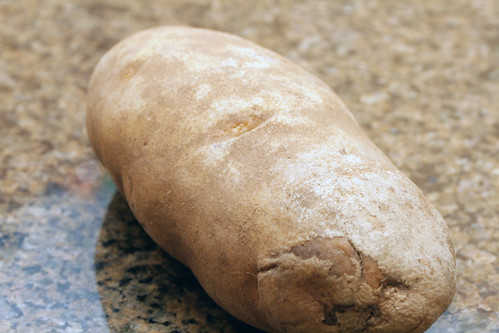
Convert it into a naked potato (i.e. peel it). (Some day, I will write a screed about the rudeness inflicted on potatoes in your average grocery store. Not today).
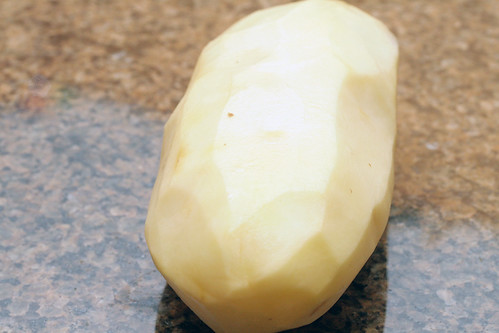
Shred your naked potato on a coarse cheese grater.
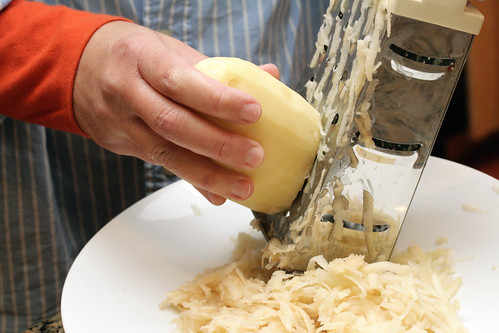
Chop your onion finely. Mix with the potato shreddings, and place in a tea towel.
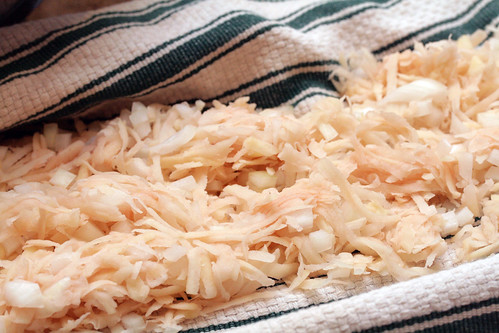
Wrap tightly, and soak up the liquid liberated by the shredded potato.
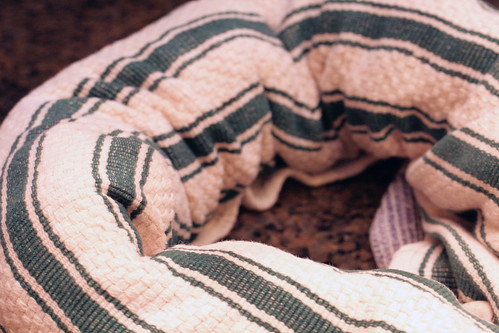
Lightly beat your egg.
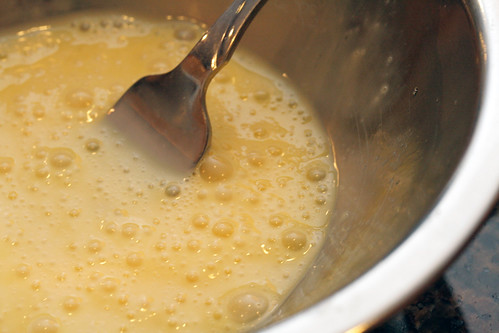
Mix with the dried potato/onion mix.
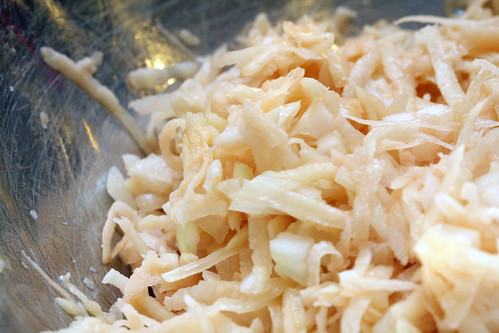
Meanwhile, pour your oil into a pan. You want roughly a quarter inch of oil in your pan. I used a cast-iron pan. Heat over medium-high heat.
I'm not sure who said the best way to handle hot oil. It is imperative that you not be afraid. If you drop material into hot oil from a height, you splash the oil and burn yourself. But if you scoop up roughly 2 tbsp of latke mix, form into a small ball, and gently set it down in the screaming hot oil, you don't splash, and you don't burn yourself.
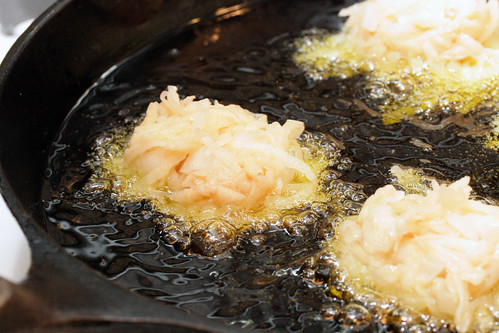
Latkes should be small. If they're too big, they won't cook through properly. If there are too many latkes in your pan, it'll cool the oil and it won't cook properly. I can fit 5ish latkes in my large cast-iron pan.
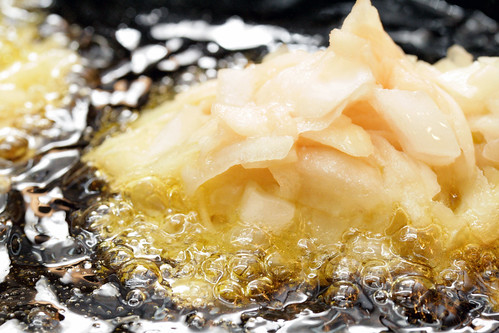
Cook until browned on one side (~5 minutes). Then flip, and brown on the other side.

Dry briefly on a plate with paper towel. Season with salt. Garnish with sour cream and apple sauce. Serve.
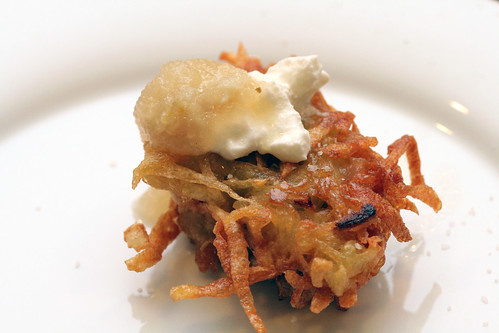
Crispy on the outside. Smooth and delicious on the inside. Salty. And good fun to eat.
We'll be adding this Chanukah tradition to our household. Yum.
